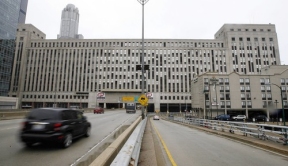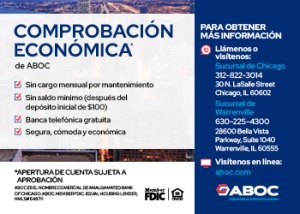
Mayor Rahm Emanuel, Alderman Danny Solis, and Planning and Development Commissioner David Reifman announced a tentative settlement with the proposed buyer of Chicago’s old Post Office that establishes a strict timeframe for a private purchase and redevelopment project to move forward. The announcement follows Mayor Emanuel’s move in February to take control of the building through eminent domain due to its decades of neglect and deterioration. “This agreement establishes a strict timeline for the sale and a plan to redevelop the Old Main Post Office and turn it into an economic driver for the city of Chicago,” Mayor Emanuel said. “The sooner we conclude this process the sooner we can create thousands of jobs and generate economic opportunities for residents throughout Chicago, while restoring an iconic gateway to the city.”
The tentative settlement includes a deadline of June 1, 2016, for the purchaser, an entity affiliated with 601W Companies, to complete the outright acquisition of the 2.5 million-square-foot structure and adjacent properties currently owned by International Property Developers North America. The city would also require approval of a formal redevelopment plan, including a budget, economic disclosures and financing arrangements, as well as uses, site plans, timelines, phasing and related development and construction details. Under the tentative settlement the city will suspend both its plan to acquire the building from the current owner and the Request for Proposals (RFP) that was issued last month for its mixed-use redevelopment.
The settlement also requires a formal plan and acceptable schedule to remediate the numerous structural, safety and hazardous conditions that have led to more than more than 20 building code citations since 2012. “Today’s announcement is a direct result of the city seeking control of the property,” Ald. Solis said, who helped coordinate the city’s efforts the spring. “I’m optimistic this agreement will help the post office achieve its modern potential with one or more uses that contribute to the vitality of the South Loop.”










